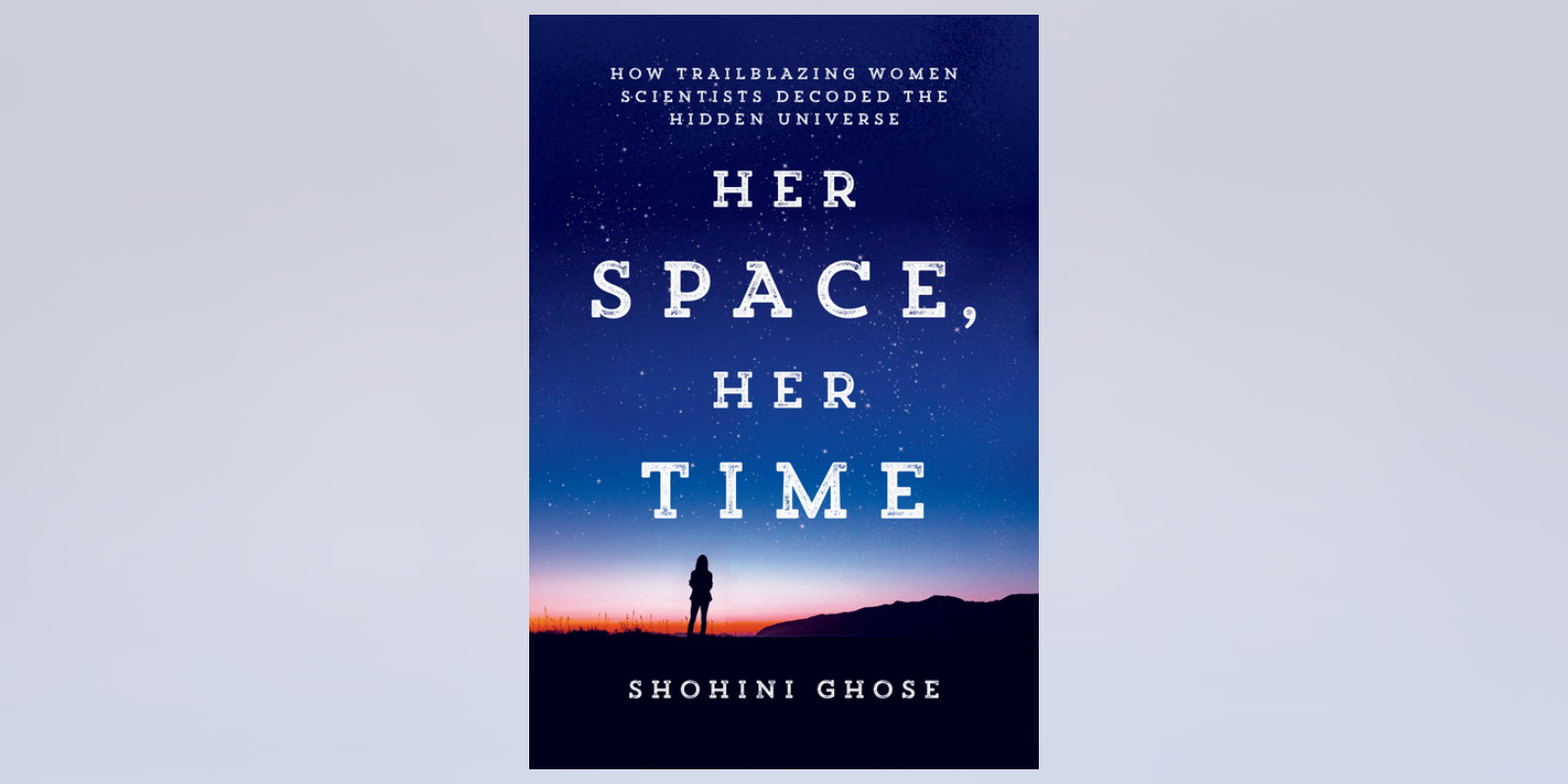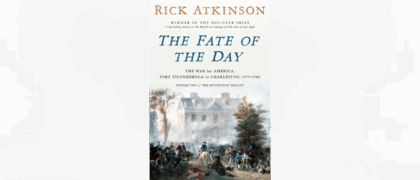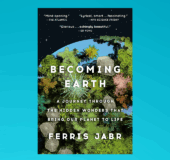Women physicists and astronomers from around the world have transformed science and society, but the critical roles they played in their fields are not always well-sung. Her Space, Her Time, authored by award-winning quantum physicist Shohini Ghose, brings together the stories of these remarkable women to celebrate their indelible scientific contributions.
Have you ever tried counting stars on a warm summer night? From the balcony of my downtown apartment, in the glare of the streetlamps, sometimes I can count them on the fingers of two hands. But if you find yourself far from city lights, say, in the Gobi Desert or on Mount Everest, your tally could be a few thousand. For every star you see, many trillions remain invisible to your naked eyes. But they are there, shining steadily, and even though they are invisible to us, we know a lot about them.
We know that all those multitudes of stars are made of mostly hydrogen and helium. We know they can be classified according to their temperature. We know how to measure the distances to those tiny points in the sky, and we know how they live and die, synthesizing the elements of life deep in their cores. We know how long ago the universe came into existence, when the first stars were born, and we even have some inkling of how the universe will end.
All of this knowledge, and many other fundamental insights that transformed physics and astronomy, came from discoveries made by women. From the earliest days of scientific exploration, they were there, shining a new light on the universe, even when they were eclipsed by the brighter halos of the men they worked with. These women looked inside stars and inside atoms, discovered new elements and new particles, and fought for science and for justice and for future generations. This book is about these unsung explorers of the cosmos, invisible stars here on Earth who made the unseen universe visible.
Of the countless stars out there, a vast number are not solitary like our Sun. Instead, they are paired in a binary system, each stellar couple locked together in a gravitational embrace. It’s rather comforting to think of them holding on to each other in the vast emptiness of space, twirling around each other in a beautiful cosmic waltz. One special binary couple is in the constellation called Niska (the Goose) by the Cree people of North America; the Greeks called it Cygnus, the Swan. One of the pair is a blue supergiant star. The other is a black hole, an invisible object so massive and dense that even light cannot escape its gravitational pull. So how do we know that it is there? The answer lies in watching its partner.
Imagine a couple waltzing in a ballroom, the man visible, but the woman invisible. You see him holding her invisible hand and you see how he moves when she pulls him close. You know she is there. The blue supergiant reveals its unseen partner in the same way, its orbital dance revealing the tug of a hidden companion. Cygnus X-1 was the first black hole to be discovered in this way, back in 1971. Seeing an object that should be impossible to see caused quite a splash. Many believed that such an object could not even exist. Even Stephen Hawking bet that the discovery was a mistake. He was happy to be proved wrong.
As a physicist, I have always been fascinated by black holes, which remain one of the ultimate mysteries in physics and astronomy. But their discovery also held a deeper meaning for me—the universe was showing us that nothing is truly invisible.
Copyright © 2023 by Shohini Ghose. All rights reserved. No part of this excerpt may be reproduced or reprinted without permission in writing from the publisher.
Shohini Ghose is Professor of Physics and Computer Science at Wilfrid Laurier University, Canada. She is Director of the Laurier Centre for Women in Science (WinS) and the NSERC Chair for Women in Science and Engineering. She is the recipient of several awards, including a TED Senior Fellowship and selection to the College of the Royal Society of Canada, and in 2019, was among 25 women scientists worldwide featured in a UNESCO exhibit in Paris. She is the author of Clues to the Cosmos.





